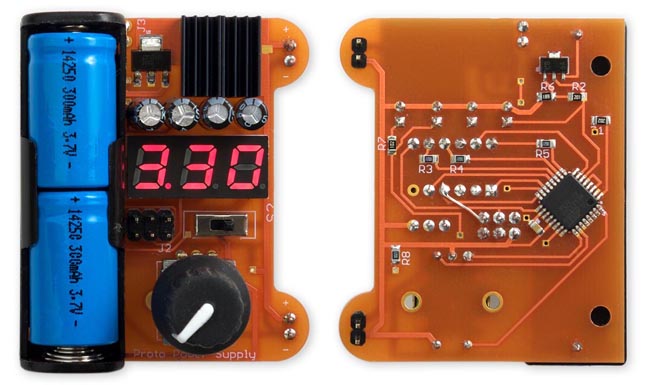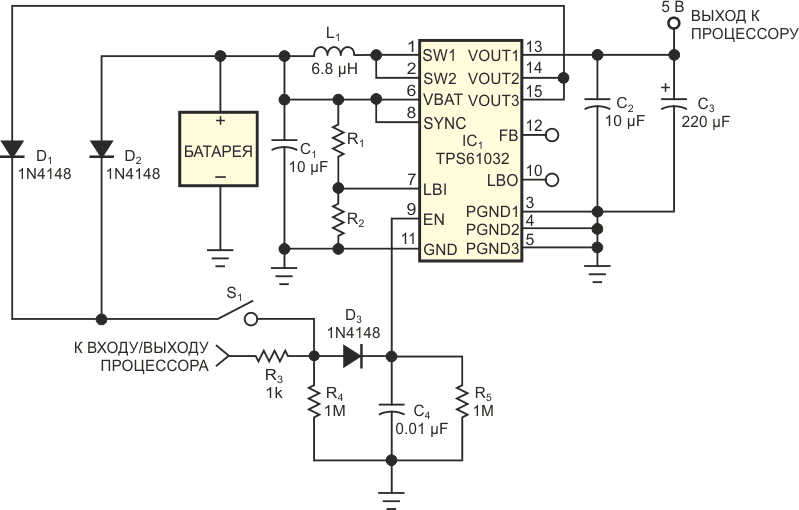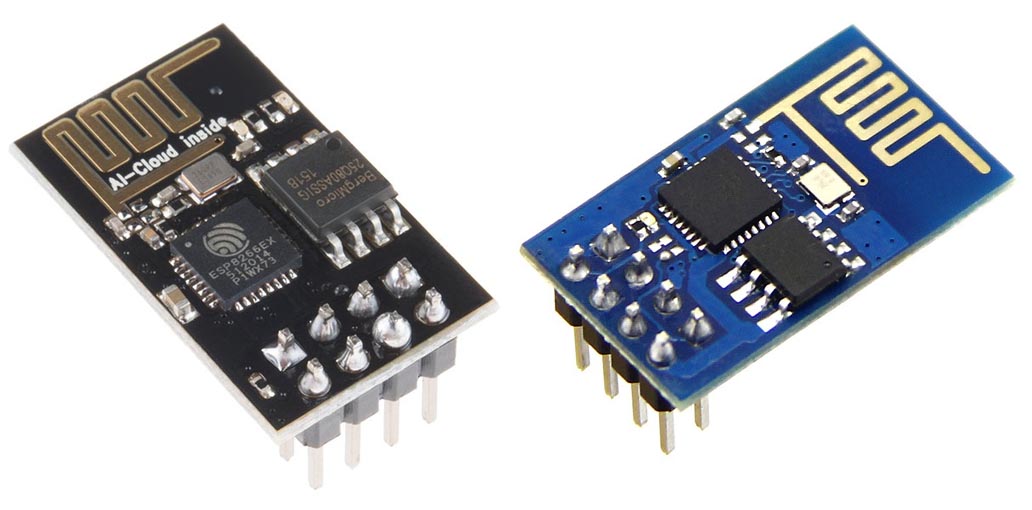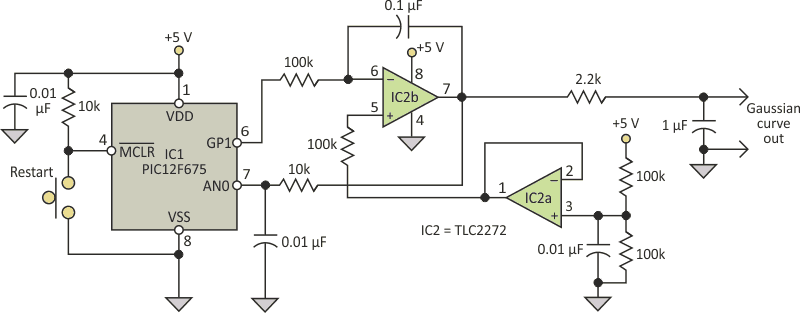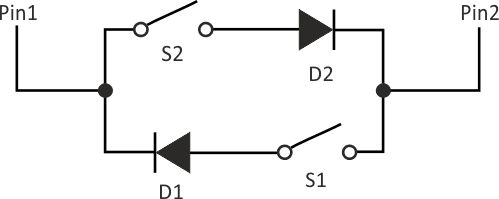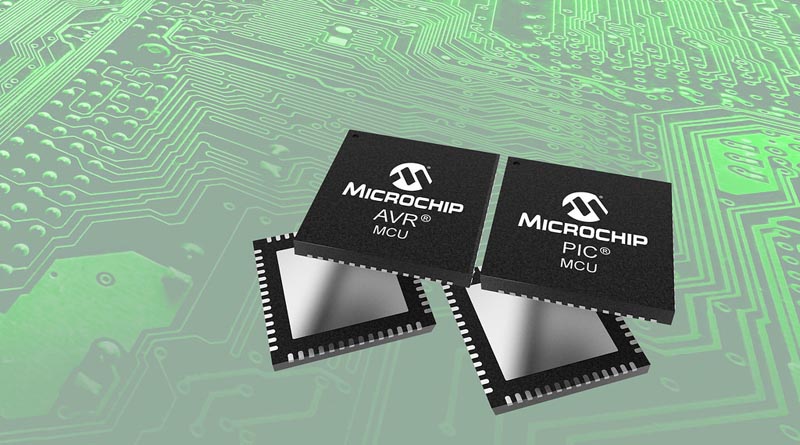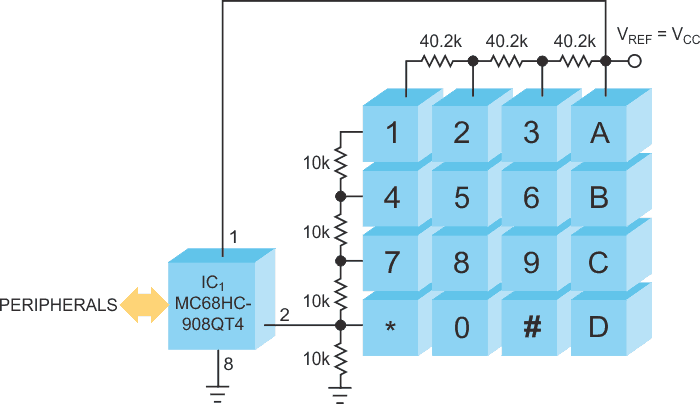This article describes a portable breadboard-friendly adjustable power supply, designed as an ideal supply for Arduino projects and other low-power circuits. It is capable of providing from 0 V to 5.5 V at up to 0.5 A, and is powered by two rechargable Li-ion cells...
Articles and news - Microcontrollers - 7
A recent Design Idea prompted me to offer the simpler solution that I used in a recent project. We needed a momentary power switch with processor supervision...
In this project, we will be using the ESP8266-01 Wi-Fi Development board to make a small IoT home automation that has Wi-Fi featured in it. The system operates on a local web server and is easy to use for the novice...
Laboratory data often appears as Gaussian curves, and today's laboratory data-acquisition software is designed to analyze these data to determine such things as peak location, amplitude, area, and width. A good test signal is useful in developing such software...
The most common method for interfacing multiple switches – multiplexing – allows for the connection of (N/2)2 switches with N microcontroller I/O lines. The method described below, which has its roots in an LED interface technique commonly known as “Charlieplexing,” makes it possible to interface...
Microchip grows its commitment to the 8-bit PIC and AVR MCUs by releasing five new product families and over 60 new devices...
You can use a microcontroller that includes an ADC to design a two-wire-plus-ground keyboard interface. For example, you can use a resistive voltage divider to identify a pressed key...
The performance of the watchdog circuit may not match that of a dedicated watchdog circuit, but this circuit is helpful when the only watchdog in the lab doesn’t meet your design’s temperature requirement and when you are in a hurry to finish a prototype...
Although microcontroller manufacturers try to offer designers products that almost exactly fit the needs of their designs, another output pin is often necessary...
If you use a microcontroller to detect a key closure, checking the states of (x+y) lines requires an equal number of I/O pins. Occupying only one free I/O pin, the circuit communicates with a microcontroller...
